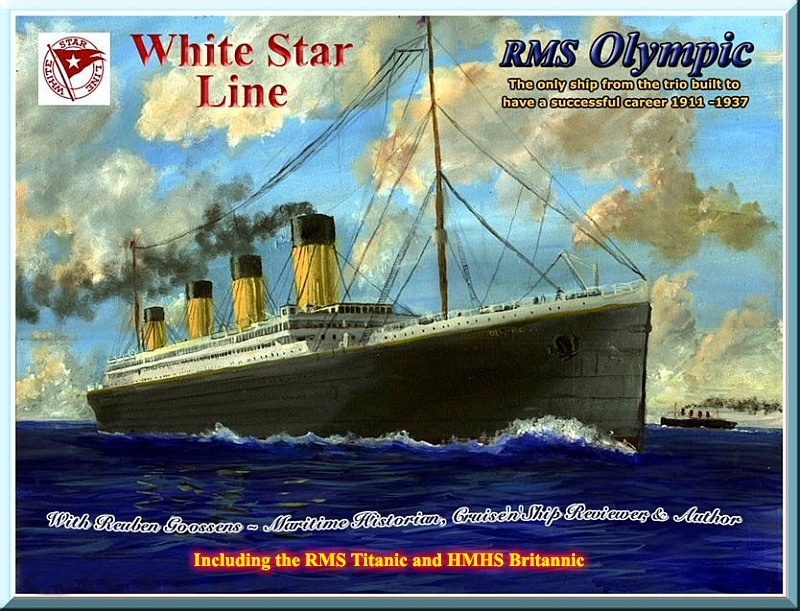
Please
Note: Photographs / postcards, etc, on this page are from
the author’s private collection unless stated otherwise!
Page One
I was asked to give a lecture on the RMS
Titanic as I was departing on the Classic International Cruises M/V Athena,
which was built in 1948 as the MS Stockholm, a superb intimate classic style
but wonderfully updated and modern cruise ship! The last time I sailed on her
as a passenger in 2011, the cruise director asked me if I would be so kind as
to provide several maritime lectures, and I provided two during the 40 night cruise.
However, considering we were departing
White Star
Line’s Background
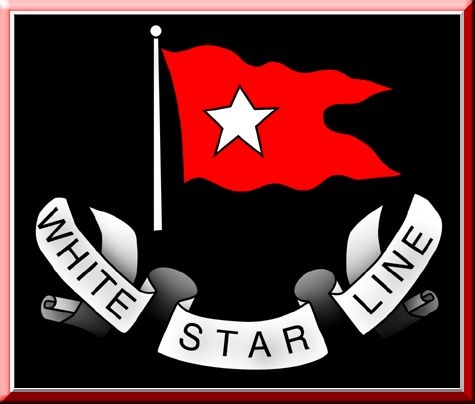
Therefore White Star Line and later Cunard
Line may have been British operated, and Cunard still is today, but in reality
it is a wholly American owned company both then and now! The only difference is
that today Cunard Line is owned, by different American company, being the
Carnival corporation, or as most people know them to be - Carnival Cruises,
which is a massive company that now owns so many of the well known cruise brands,
such as P&O Australia, P&O UK, Princess Cruises, Costa, Aida and
Seabourn Cruises, even the outstanding Dutch company Holland America Line, and
the list just goes on! Thus Carnival influences all these cruise companies,
except for
The Ship that became Lovingly known as … “Old Reliable”
As most will know the Olympic was the very
first of a trio of Atlantic liners, which included Titanic and the Britannic.
All these ships were built at the great Harland & Wolff shipyards at
The keel for the Olympic, Harland & Wolff Yard 400 was laid on December 16, 1908, whilst her identical sister the Titanic, was built alongside her, but she was several months behind the Olympic time wise., and she was built in Yard number 400, right next to her sister the Titanic in Yard number 401. We know that during the building of her hull that some three million rivets were used to complete the huge job.
Images of
the building of the Olympic
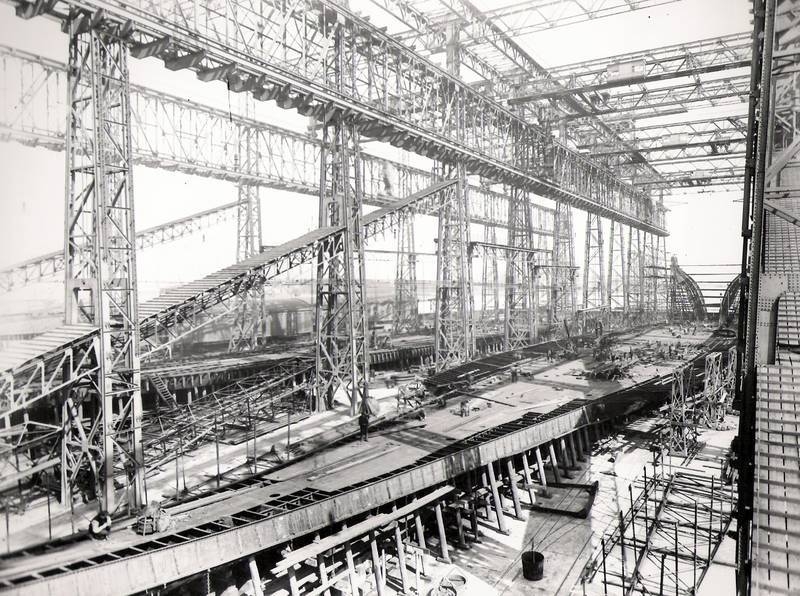
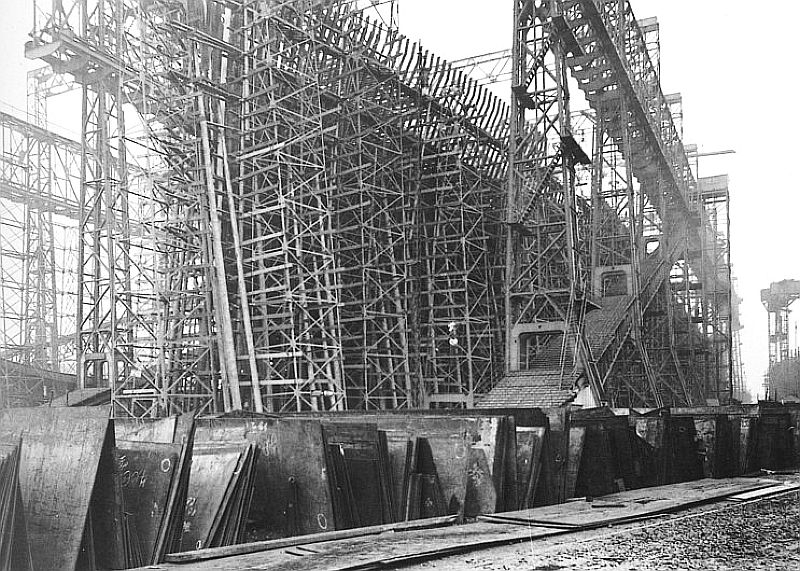

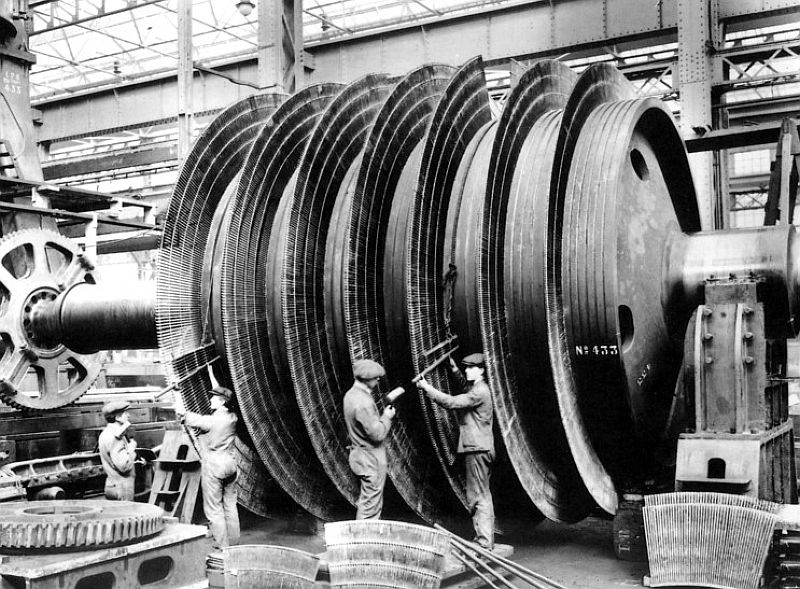
Olympic’s power Plants:
The turbine, which drove the center propeller, utilized the exhaust
steam from the other engines.
This design recycled the exhausted steam instead of wastefully venting
it up the funnels. The result was an increase in efficiency.
Her engines had a total of 51,000 IHP.
She had 29 boilers of which 24 were double ended and 5 single ended.
Amazingly there were 159 furnaces to be fired up, thus can you imagine
how many men were required for that terrible job?
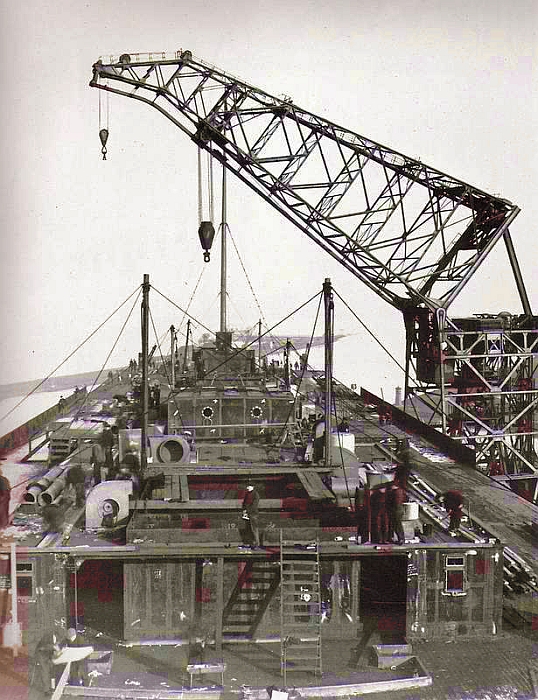
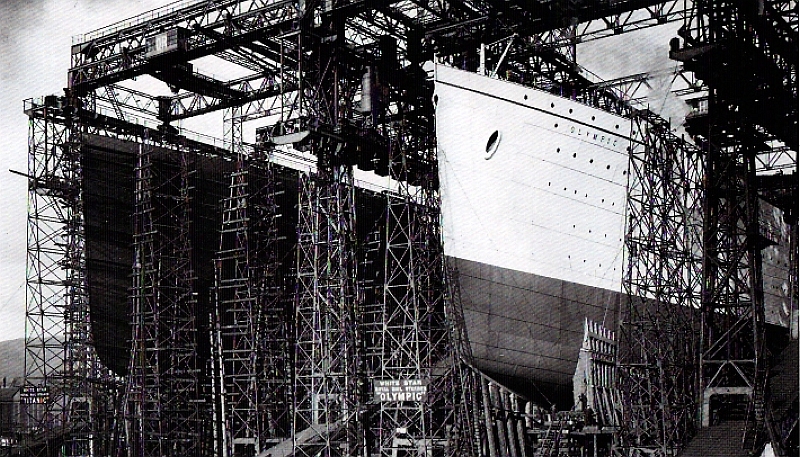
Just under two years later by October 1910
the Olympic's hull was complete and on Thursday October 20 Olympic’s
great white hull was launched and all those present were amazed how easily and
rapidly she slid down into the water, for it took just one minute and two seconds
for this massive 20,600 ton hull to enter the water and float! The many
dignitaries that were at the ceremony included the Lord Lieutenant of
The
Launch & Completion Images

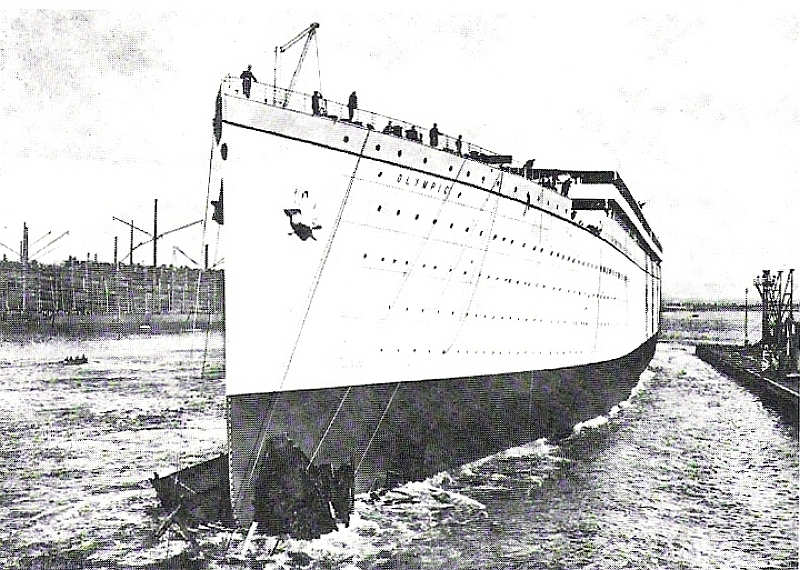
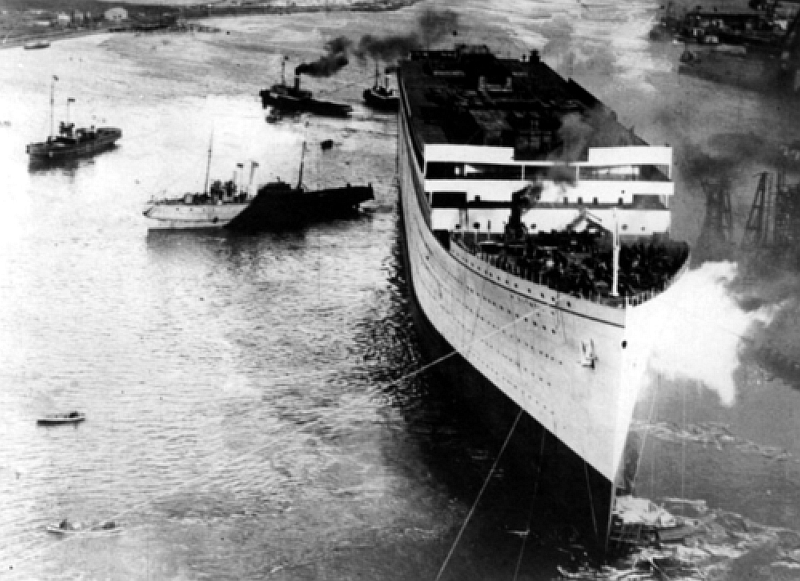
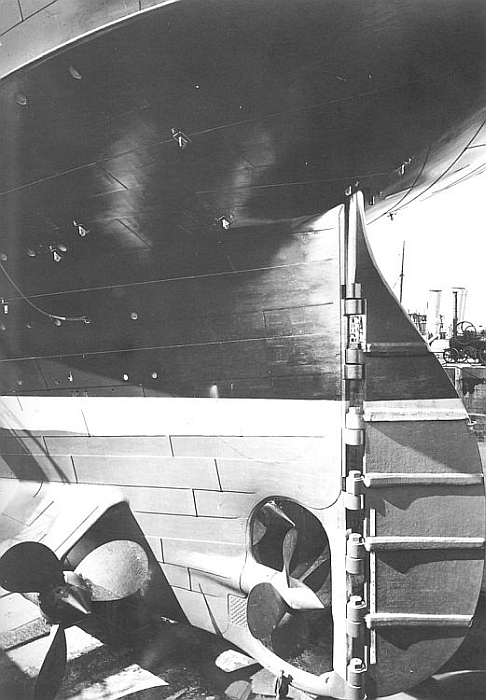
Notes regarding the Photograph above: The diameter of the two outer propellers were - 7m - 23ft, whist the middle one, being the smaller one at 5.18m - 17 ft. The ships rudder was 78 feet 8 inches (23.98 m) high and 15 feet 3 inches (4.65 m) long, weighing over 100 tons, that it required steering engines just to move it. It was constructed by the Darlington Forge Company, Ltd., and was of the elliptical type, of solid cast steel, built in five sections.
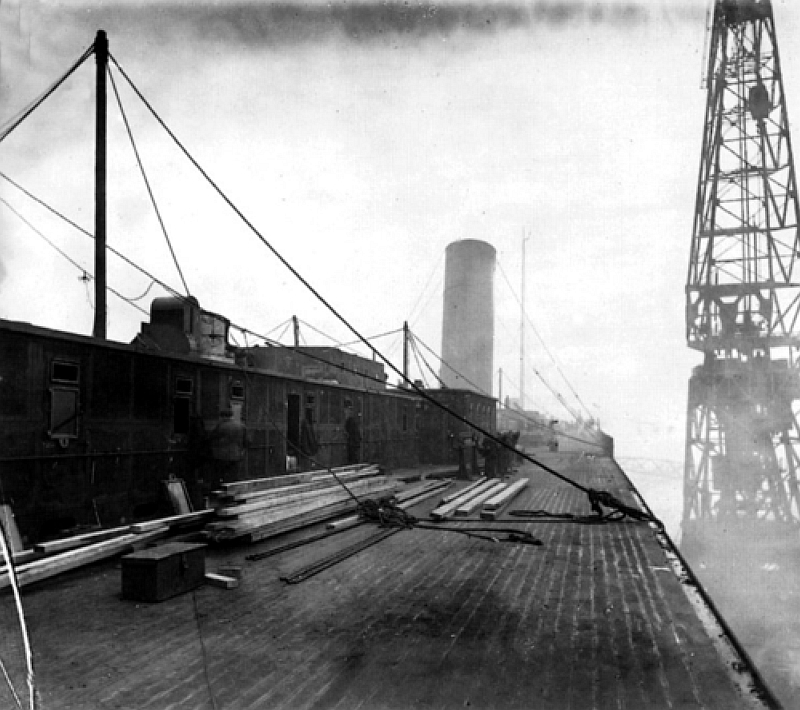
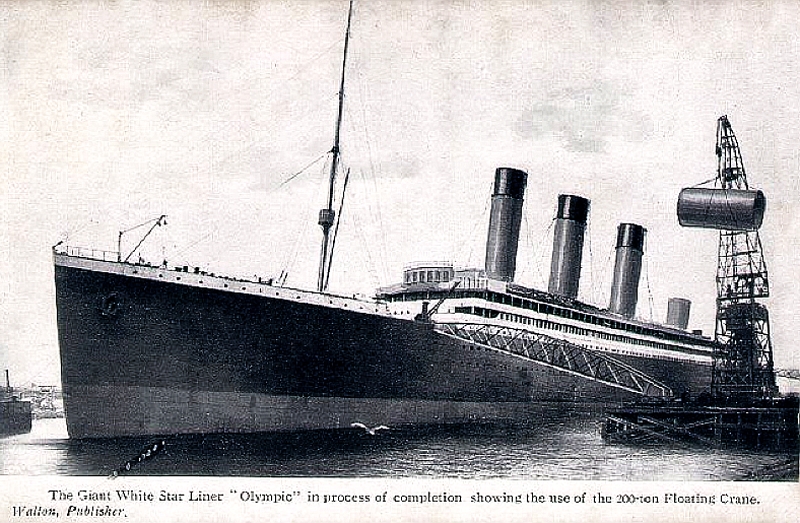
The
crane had been obtained from
Seven months after the launching the Olympic had her sea trails and she had been completed on May 31, 1911. This proved to be a massive day for White Star Line for it just happened that on that very same day her sister the Titanic was being launched. However, the cost of building Olympic came to what was a massive amount for those days being US$7,500,000.
When she was completed the RMS Olympic was
the world's newest, largest and certainly one of the most luxurious ocean
liners and there was a great deal of full mage in the papers in
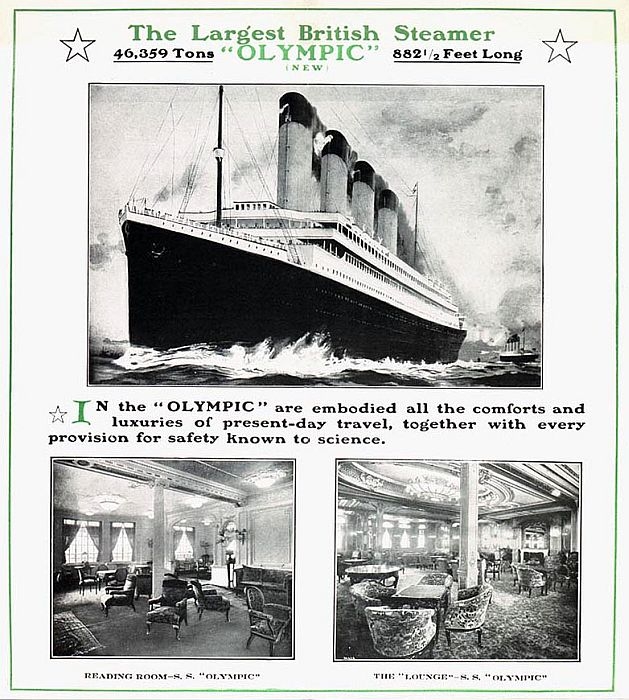
Olympic’s Interiors
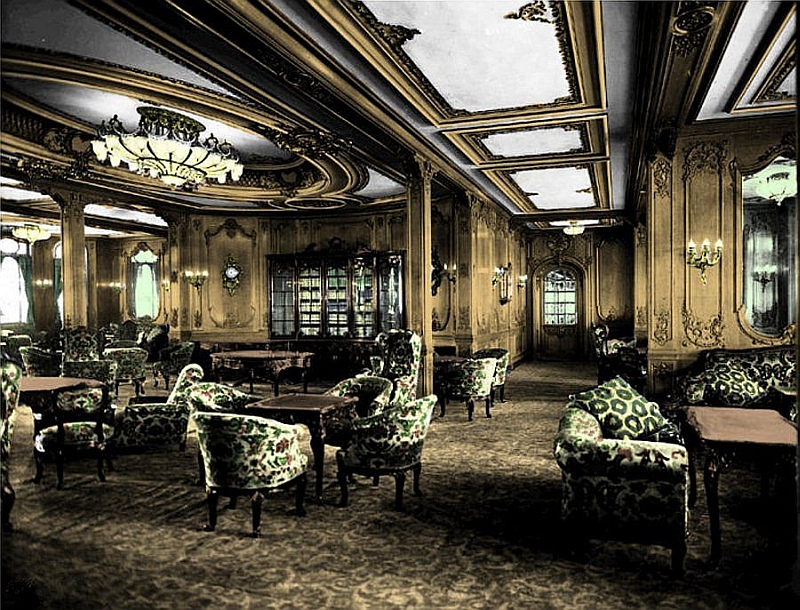
The
artist who did the colourisation is unknown – *Please see the photo notes
at bottom of page
For
further interior details and photographs see Page Two.
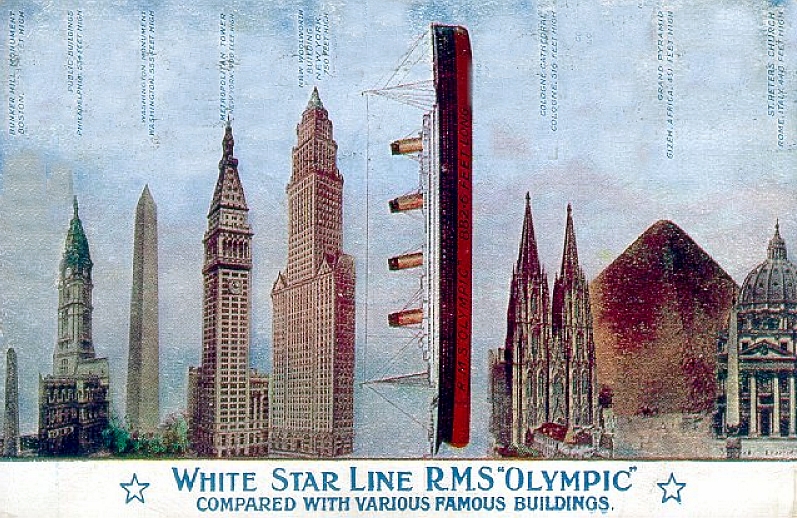
RMS Olympic Maiden Voyage

The great RMS Olympic departed Southampton on
her maiden voyage bound for
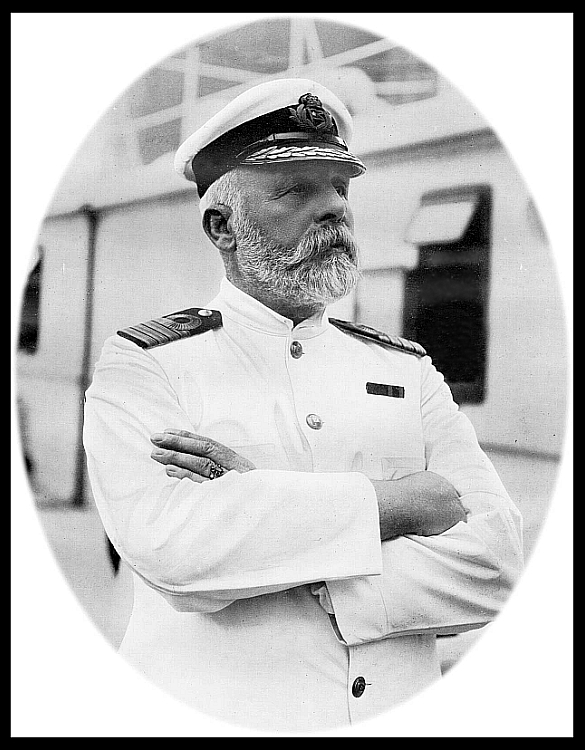
Also aboard the Olympic for the maiden voyage
was Mr. J. Bruce Ismay of the White Star Line, being the son of the Line's
founder; as well as Harland & Wolff's Mr. Thomas Andrews, who was the
nephew of Lord Pirrie. They were excited the way the Olympic handled, for she
sailed like clockwork. The main reason Bruce Ismay had come onboard was to make
any recommendations if any changes were needed for the Titanic. To sail from
Southampton to
With Olympic’s voyage having proved to be such a success and Bruce Ismay was extremely pleased and he advised his associate, Lord Pirrie that the Olympic was “a marvel” that by the time she had docked in New York the formal order for the third liner of the Olympic-class was placed.
Gigantic or Britannic?
It has always been said that the third ship was to be named the Gigantic and the story goes as thus: Before the Titanic disaster, she was to be named the Gigantic, a name which would seem to be in keeping with her sister’s names. However, White Star Line later denied that she was to be called Gigantic and that late in May 1912 it was announced that she would be named Britannic, a name that was considered “lucky” due to the superb career of their first Britannic. I must say however, that the truth is that one way or another that the above has never been fully proved or disproved for that matter. But at some stage there was a poster printed in the 1900s that showed her clearly as the “Gigantic”, but the question begs who printed it, for it does not say “White Star Line.” Thus I will leave it open ended and for you to make up your own mind!
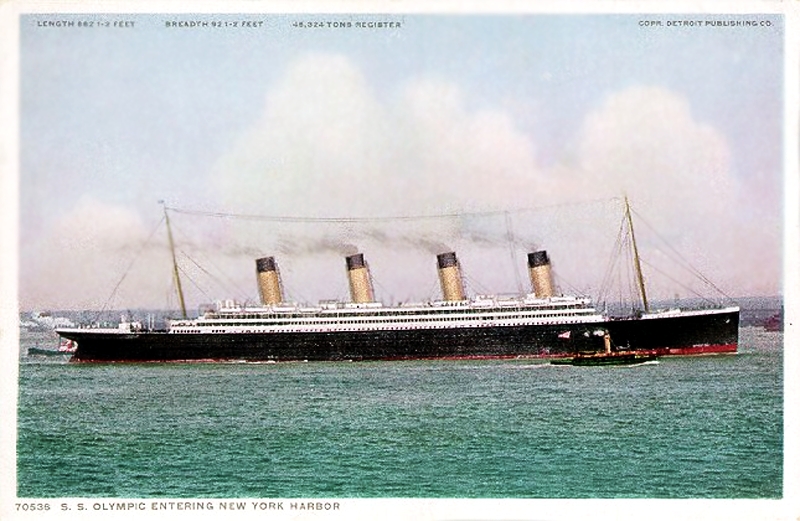
Just for interest: When the Olympic arrived in
The Olympic departed
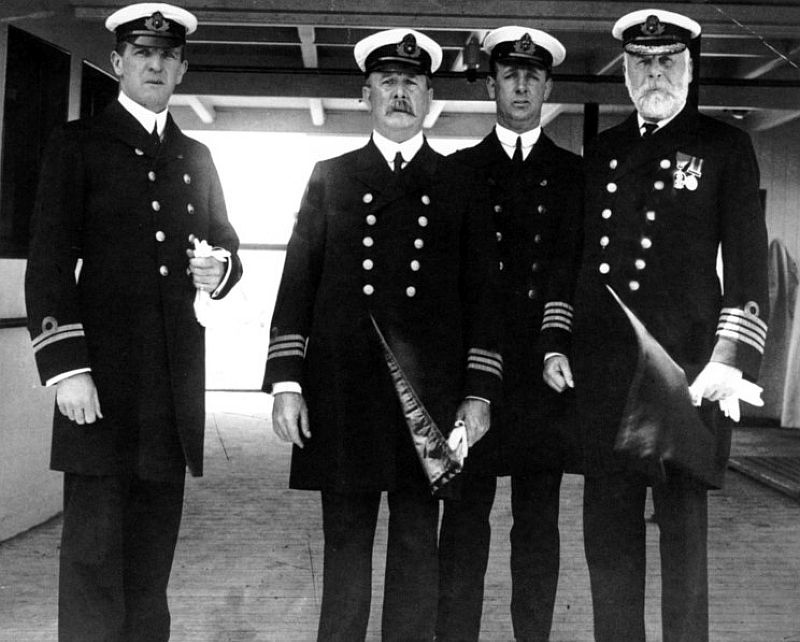
Originally
a White Star Line photograph
During the ensuing few months, the Olympic
became so popular and famed on the
By September 20, 1911 RMS Olympic had already completed four return Trans Atlantic voyages and all had gone well and she had been the great success as expected. However, as she departed on her next voyage on that day things were to change her perfect run, for just as she was turning at Bramble Buoy and Egypt Point she was suddenly met by another ship, the HMS Hawke!
HMS
Hawke’s Collision with the Olympic
Olympic’s fifth Atlantic voyage was not a great one to say the least, as she departed Southampton at 11.25 AM on September 20, 1911, with some 1,313 passengers on board. Then at 12.43 PM the Olympic reached West Bramble Buoy, where she turned to port and sounded her horn twice. One minute later she increased her speed from 11 to 16 knots.
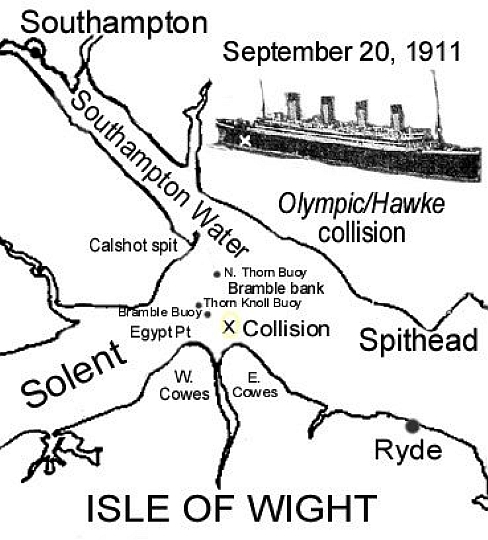
Although the Hawke managed to stay upright but she was very close to overturning. Both Captains ordered the watertight doors to be closed.
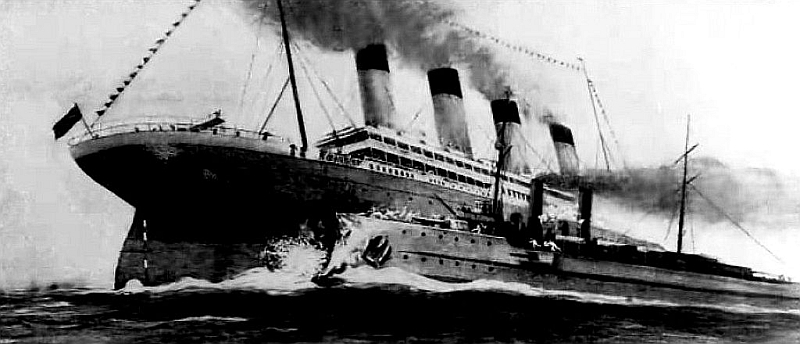
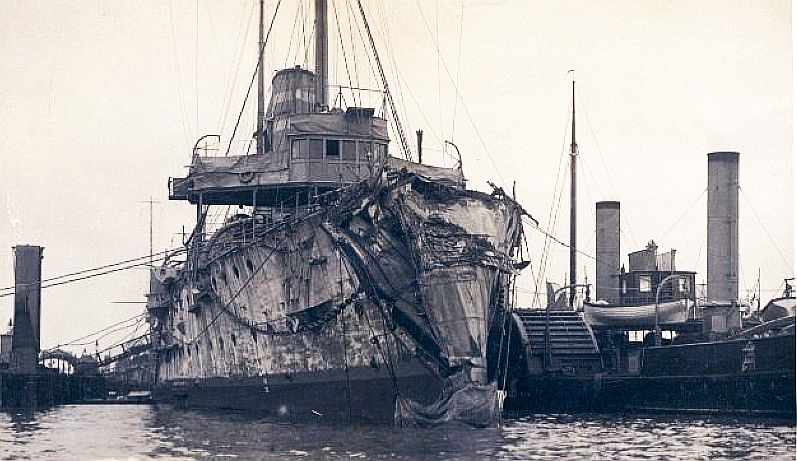
Photographer
unknown – *Please see the photo notes at bottom of page
It took some two weeks to repair the damage to the Olympics. The White Star Line wanted her to be back in service as soon as possible because she was the pride of the company. They would even delay the Titanic's maiden voyage if they had to. Just imagine if they had, maritime history would have been rewritten! By the way, the Titanic's propeller shaft was used to repair parts of the Olympic.
Olympic returned to service on November 20, 1911 and she recommenced her fifth voyage. For the next few months it was plain sailing. Several more trips were made successfully.
But then on the February 24, 1912 at 4:26 PM
the Olympic suddenly shuddered and she lost a propeller. It meant that she had
to return to
Captain Smith made a total of nine return
voyages to
Olympic's
and the Titanic Disaster
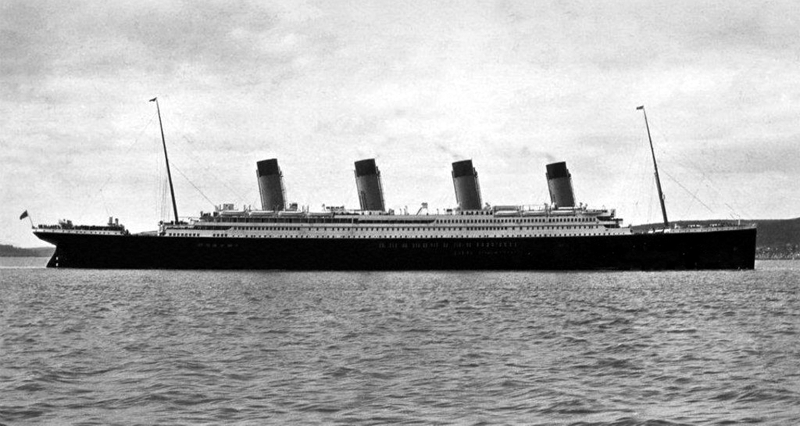
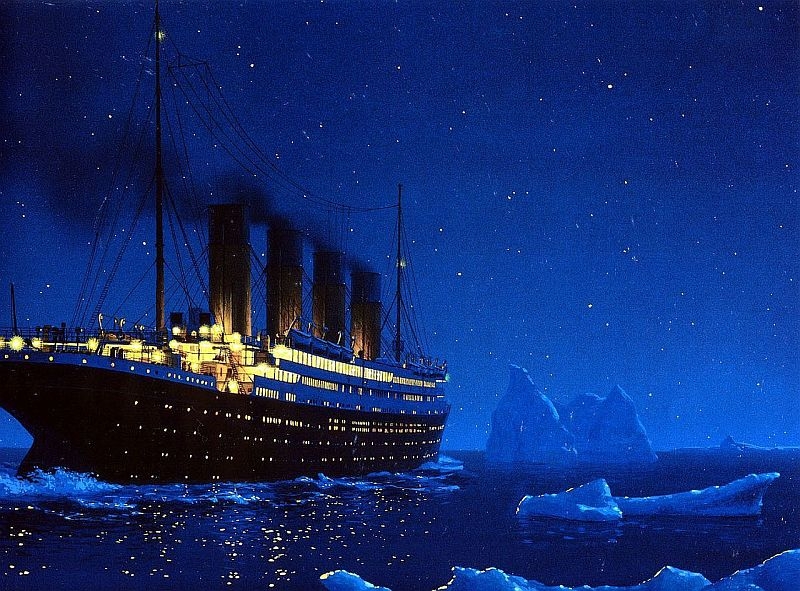
Artist
unknown – *Please see the photo notes at bottom of page
Forty minutes after the collision, Captain Smith ordered the distress signal to be sent to other ships in the area. Captain Haddock on the Olympic heard all the distress calls but did not realise the extent of the problem until about 1 AM the next morning.
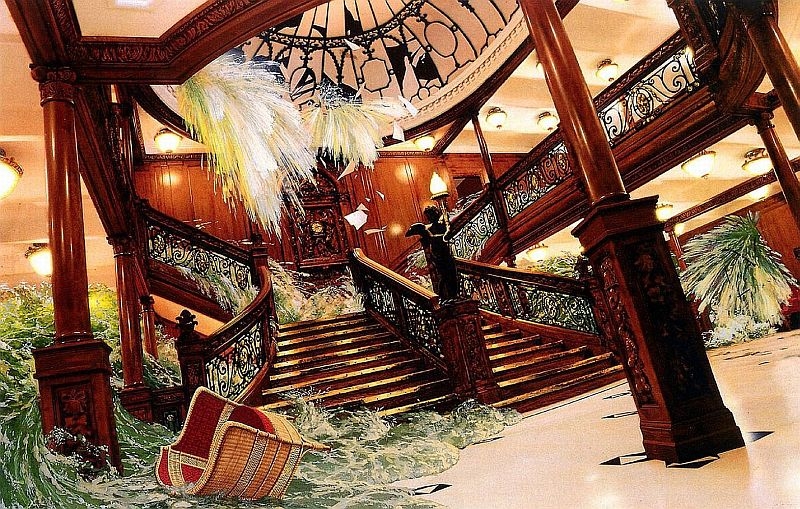
Artist
unknown – *Please see the photo notes at bottom of page
Captain Haddock realised that the Olympic was over 500 miles away the tragic scene, which was a full days sailing at full speed and he would be far too late. Yet Captain Haddock replied to the Titanic that he was “lighting up all possible boilers.” Sadly, most ships that the Titanic had signalled were too far away and when the Titanic did sink there was only one ship close enough to assist, the SS Carpathia who did a superb job, but sadly it was already too late for the so many of passengers and crew who had perished!
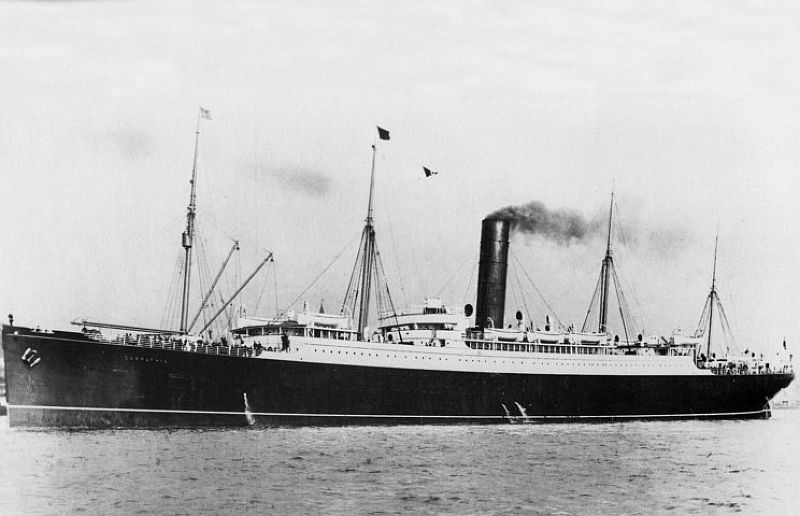
The
Aftermath of the Tragedy
Finally a
decision had to be made that the Olympic had simply no choice but to continue
straight to
Due to the
tragedy, it was quickly decided just a few days after Olympic’s return to
The Board of Trade had to inspect the changes before she was to depart on another voyage and Captain Maurice Clarke was in charge of doing so, thus he gave the ship a vigorous inspection. He ran continues lifeboat drills trying out all the new davits and thankfully he was most impressed with the new improvements, as it took and average of 12.5 minutes to lower each boat.
The Olympic
should have sailed on the 24th April 1912 but the voyage had to be postponed,
which was not due to the Titanic disaster or adding the lifeboats and
inspection, etc, but the ships crew refused to sail on a ship that had
collapsible lifeboats. They insisted on conventional open type wooden boats and
they simply did not care that Captain Clarke was satisfied that the Olympic was
now safe. However, White Star Line would not accept the crews reasoning and
decided they would obtain another crew. The Olympic was taken to a secure dock
off
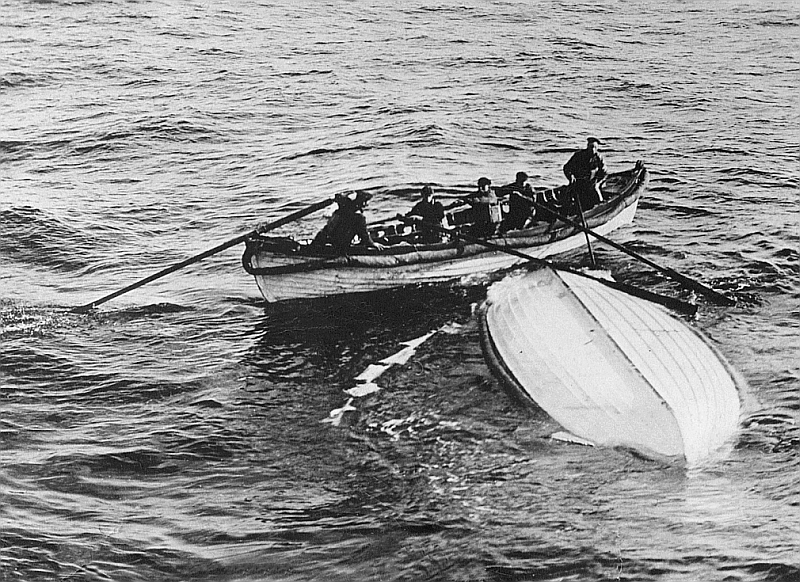
Mackay-Bennett
during its mission to recover last of the bodies from the Titanic site area
Therefore some six collapsible lifeboats were lowered and left in the water for over two hours and they were then closely examined to see how much water they contained. Five out of the six were completely dry but the sixth had a small leak, but it did take two full hours for the water to appear. It could easily have been bailed out during use. It was agreed that the boats were indeed safe. The sixth boat was duly replaced and 168 new crew members joined the ship. Unfortunately, the original crew were not only dissatisfied with the lifeboats but with the new crew as they saw them as not only being inexperienced but undesirable to have around. Many were very angry and fearful about their future position with the company that well over 60 left their employ and looked for work with other lines.
Thus with the
Olympic being two days behind schedule on April 26 at 3 PM White Star Line
officially cancelled the voyage. The Olympic returned to
On 22nd May 1912,
the RMS Olympic arrived in
Refit 1912/13:
The Olympic continued to make several more return
before she would head back to her builder Harland & Wolff in
These modifications included the addition of a new watertight bulkhead that divided her Electric Engine Room, as well as the installation of an inner skin running the full length of her Boiler and Engine Rooms, as well as the raising of several critical transverse bulkheads all the way to B Deck. During this refit, the Olympic was also blessed with few of the Titanic additional interior features, such as the delightful Cafe Parisian, which was located alongside the optional First Class super deluxe Ala Carte Restaurant. Upon completion Olympic emerged somewhat larger than the Titanic had been.
A note regarding the Ala Carte Restaurant:
The Ala Carte Restaurant was situated on B or Lower Promenade Deck and was for the exclusive use for First Class passengers only. This sumptuous restaurant was in addition to the already sublime First Class Main Restaurant on D Deck. However, to dine in one of the world’s finest Restaurants there was an optional charge!
When the Olympic was launched this amazing venue was very quickly voted as being one of finest Restaurants in the world. The Ala Carte Restaurant was situated on B deck for the exclusive use for First Class passengers only and this sumptuous restaurant was in addition to the already sublime First Class Main restaurant on D Deck. Even though this was certainly high end dinning venue and it was therefore quite costly, however, meals were available from 8 am till 11 pm daily and all tables were always fully booked.
The Restaurant would be headed by one of Europe’s, famed Restaurateurs and the kitchen would have one of the top rated Head Chef’s and his staff were sourced from the finest “International Brigade” as there men from Italy, France, Swiss, Dutch, Belgium’s, Spanish and of Course English, totalling some sixty eight staff ensuring the finest possible cuisine and the ultimate in service.
The Restaurant Manager believed in the principle that the customer is always right and every wish and whim must be pampered to. If we glance through the list of occupations of some of his men we can see a world of opulence and luxury, for example, besides some of the best qualified waiters there was the Roast Cook and his assistant Roast Cooks, Pastry Cooks, Fish Cooks, Soup Cook, Iceman, Entree Cook, Wine Butler, Waiters, Barman, Glassman, Carver, Maitre D’ Hotel, Plate-men and of course a number of Page Boys to take messages and do all the running about as required.
Besides wonderful food, the Restaurant also offered some of the world’s fines wines, champagnes and caviar, thus no wonder that the rich and famous queued up for the privilege of dining there and passengers who booked a table for the entire voyage at the time of booking were granted a reduction on their fare by White Star Line. In fact, Charlie Chaplin did just that and had his table for the complete voyage and he regarded the Olympic’s Ala Carte Restaurant as his favourite Restaurant be it on land or at sea.
Refitted
Olympic departs:
On March 22, 1913 the refitted Olympic
departed from
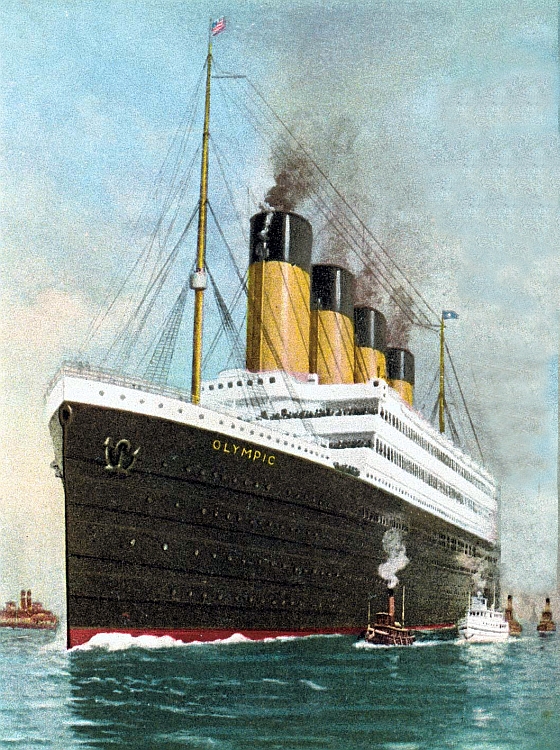
Soon time passed since the tragedy of the
Titanic and the Olympic certainly did not suffer from any problems, thus she
proved to be the perfect ship for White Star Line, especially knowing that now
she had been fitted with all the appropriate safety measures and thus the
Olympic was gaining more and more popularity as time passed!
The War Years
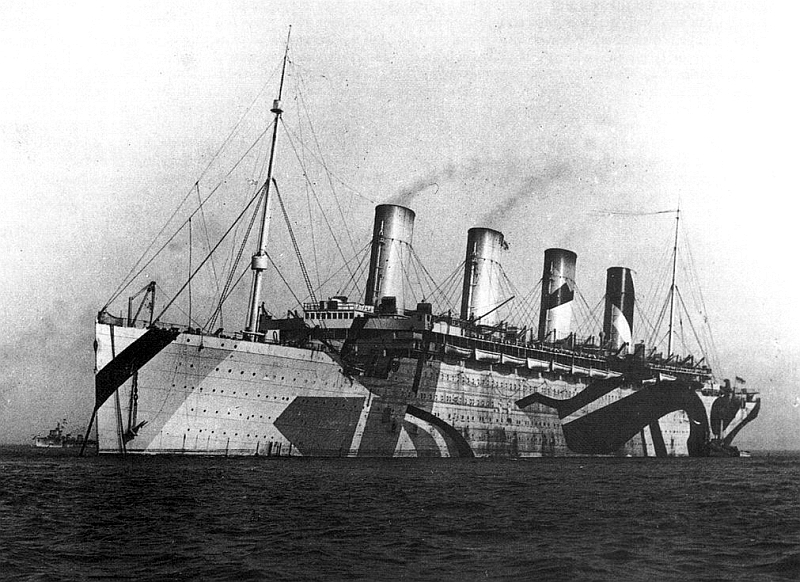
With the war having been declared, the
Olympic sailed on April 8, 1914, without any passengers, no mail or cargo from
She departed
On 1st September 1915 the SS Olympic received
a telegram requiring her for urgent Government service. It was time to prepare
her for war and thus she sailed to
For White Star to see their luxury ship being fitted out for war use is one of the biggest nightmares for the government will only pay a flat rate for the loan of a ship like the Olympic something like a miserable £23,000 per month and from this rate the shipping company would have to pay their staff and crew etc, they would often run at a loss as the White Star Line would soon find out. Secondly, market values of ships were never agreed to between the companies and the Admiralty. Questions about who would pay for the ship, should it happen if she sank. Did White Star need to obtain their own insurance? Well they decided to play it on the safe side and insure the excess amount themselves at their own expense.
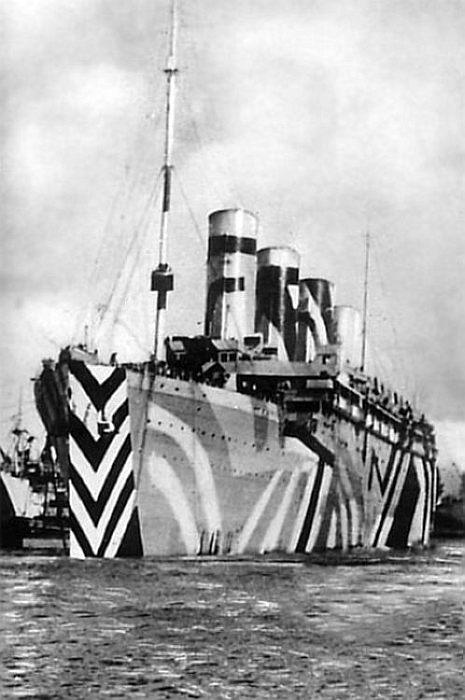
HMT Olympic
was ready for service on the September 24, 1915. She was given the transport
number T2810. Her job was to transport British troops to various
countries. She sailed from
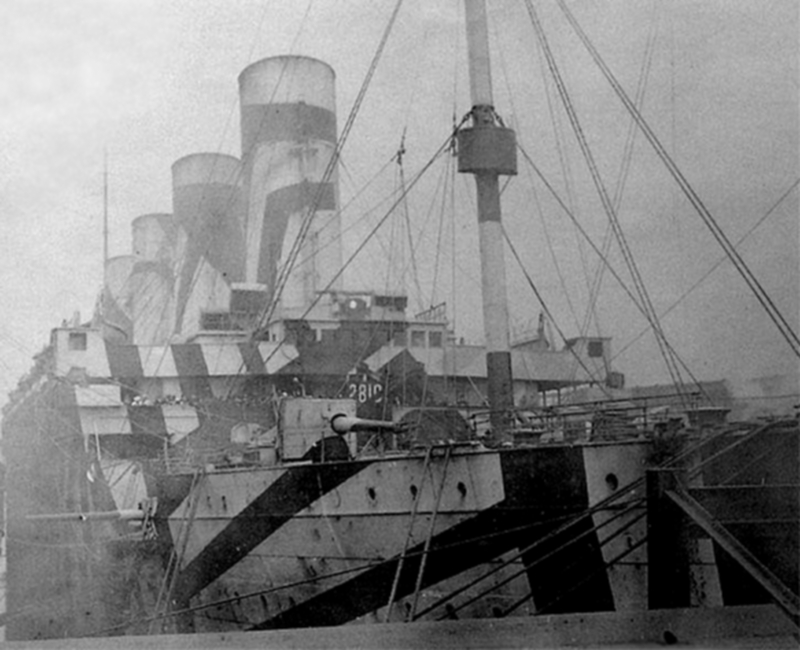
The
In November 1918 the German government surrendered and finally it was peacetime again. Although the war might well have been over but there were troops still posted all over the world and the Olympic continued to make the round trips, but only to bring troops home to England. Eventually in August 1919 she was decommissioned.
Olympic Post War Years
As the great Olympic had returned she proved
to be even more popular than ever before. Reports were given on how much
passengers used the swimming baths and her Turkish bath. Even Silent Movie star
Charlie Chaplin decided to sail on the great RMS Olympic and he was known for
enjoying frequent card games in the smoking room!
But then another incident occurred, for on
May 22, 1924 the Olympic was involved for the second time in a collision, but
this in
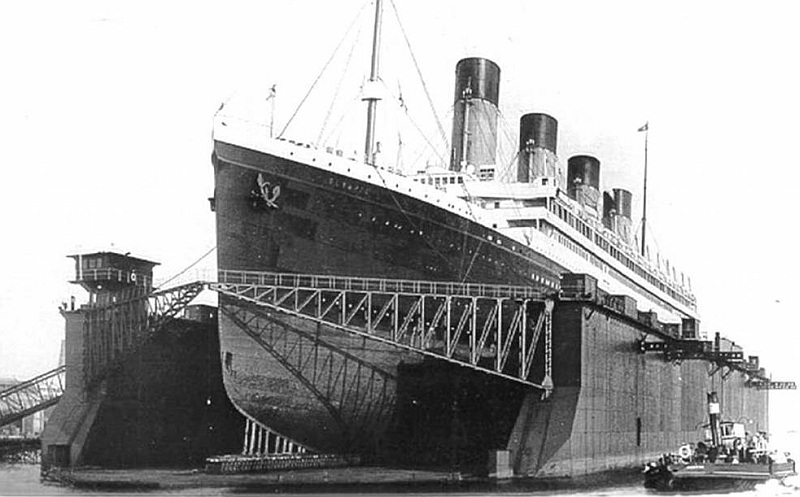
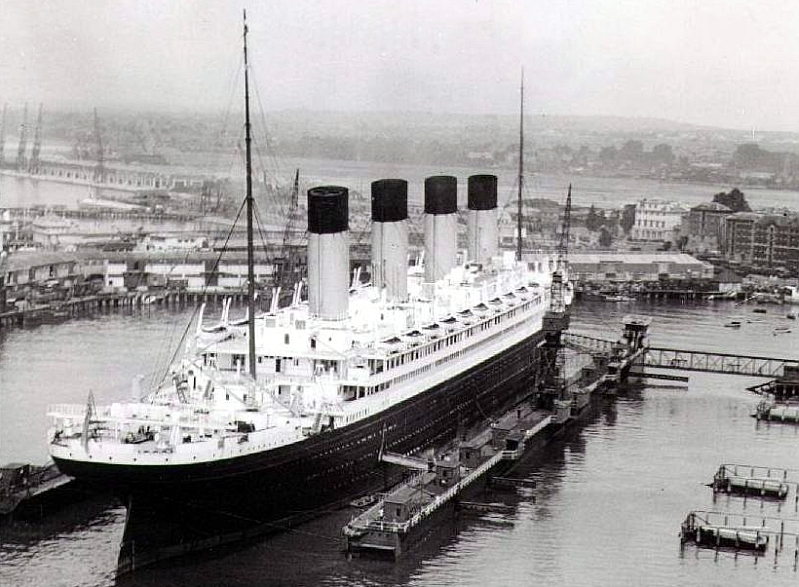
However, by 1930 it became clear that this good old girl was ageing rapidly, for back in 1927 work had been carried out to the bridge. And at this stage, the company was looking at a further repair cost at least another £100,000. White Star Line certainly did not want to spend that much on such an extensive job, thus some welding repairs were settled for.
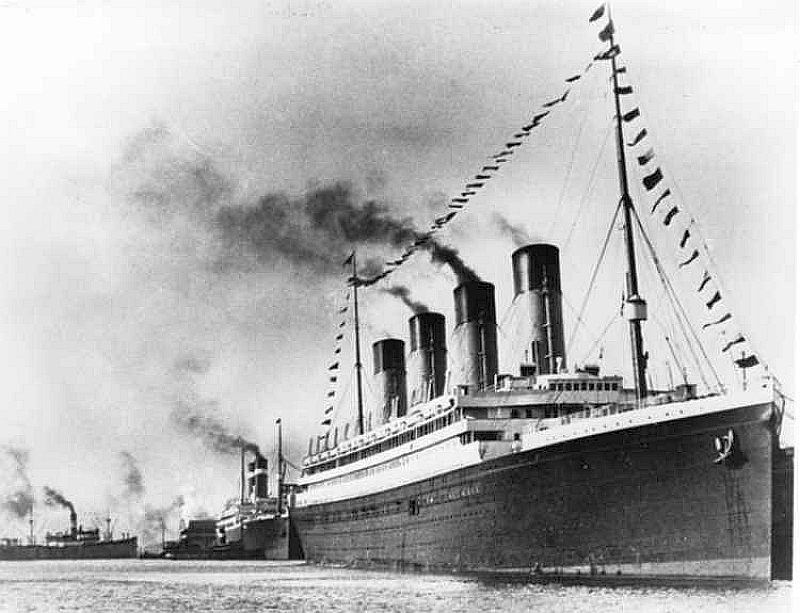
By 1931 further stress cracks had appeared near the funnels. The Board of trade would only certify the ship as safe for a period of six months and they would review the situation six months later. However, in March 1933, the Board of Trade did give the ship an all clear.
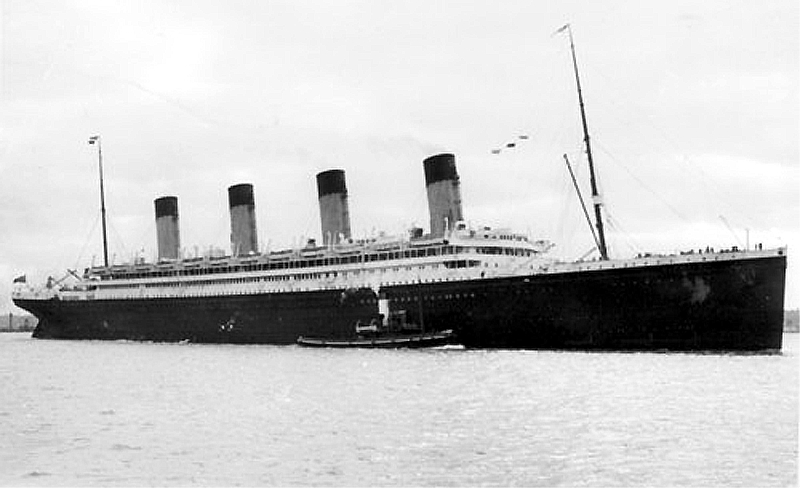
In the autumn of 1931 the White Star line and the Cunard Line merged. White Star Line’s contribution to the merger was the giving of 10 ships, one of which was the Olympic, although White Star did suspect that the Olympic would not last that much longer.
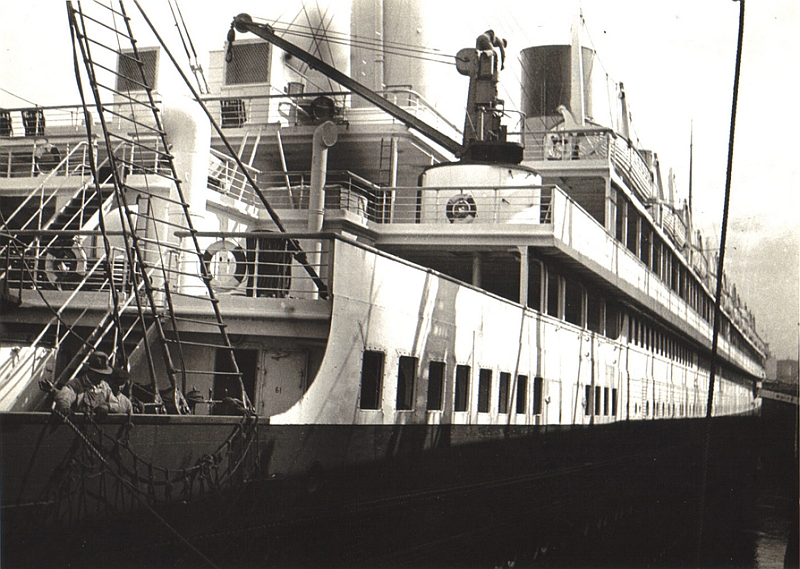
Photograph
by
Then on the May
15, 1933 disaster struck as the Olympic under the command of Captain John Binks smashed into the Nantucket Lightship, and the
lightship was completely destroyed! The sheer height and speed of the Olympic
made it impossible for her not to cause damage to smaller ships. The ugly
feelings of the Titanic were stirred up once more in the
Although Olympic continued in service, but by now she had lost her gloss and worst still she was rapidly declining. Thus, in January 1935, it was officially announced that the Olympic would soon be withdrawn from service and be laid up, which happened on April 12. This once great and proud ship sat totally abandoned for just a little over six months. In September that same year the Olympic was sold for £100,000 to Sir John Jarvis of Metal Industries who then sold her to the Jarrow ship breakers of Thomas Ward & Sons.
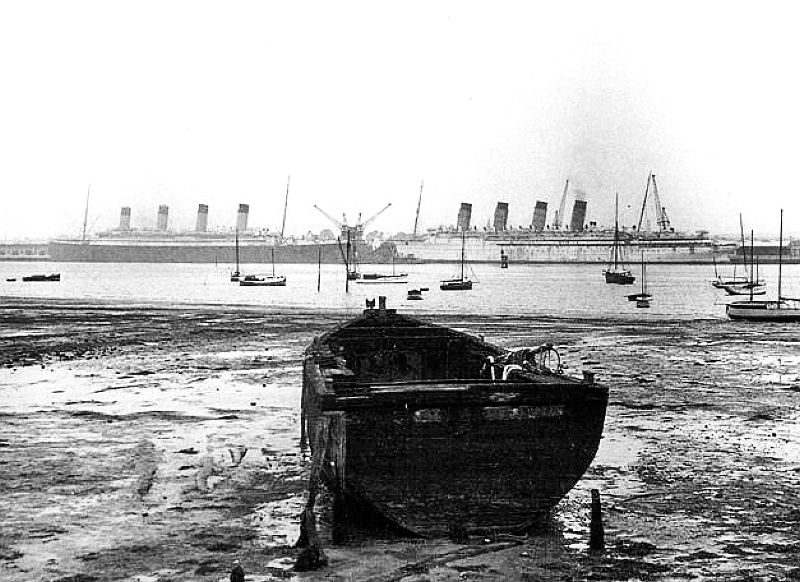
Photographer
unknown – *Please see the photo notes at bottom of page
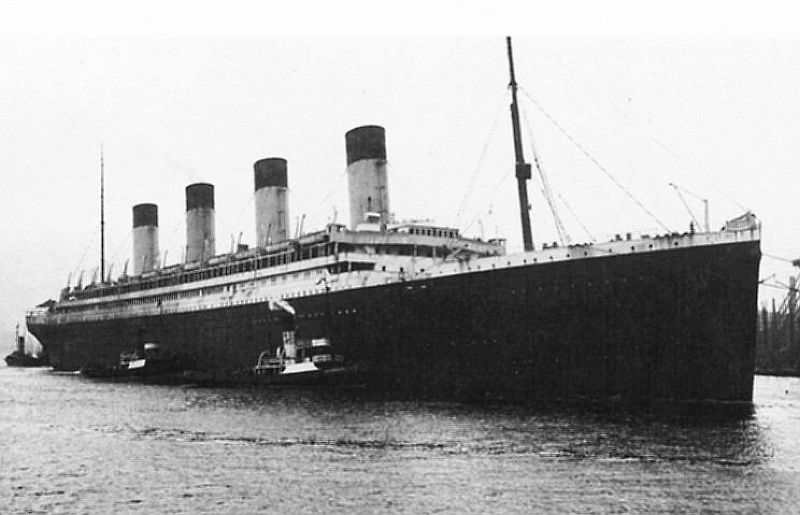
Photograph
source - Thomas Ward
She arrived at the “Thomas Ward & Sons” breakers yards on October 13 and soon works on dismantling her commenced. However the work was not completed at Jarrow, for it ceased when they had stripped the ship down to her lower hull section. Being partially dismantled, she would need to be moved elsewhere for the work to be completed. Thus on September 19, 1937 what was still left of the Olympic, being mostly a section of her hull was towed to Inverkeithing also in Scotland, where the job of breaking “Old Reliable” up was finally completed, and in due course this once magnificent Grand old liner once hailed as being the world’s largest and most luxurious passenger ship was no more but a wonderful memory!
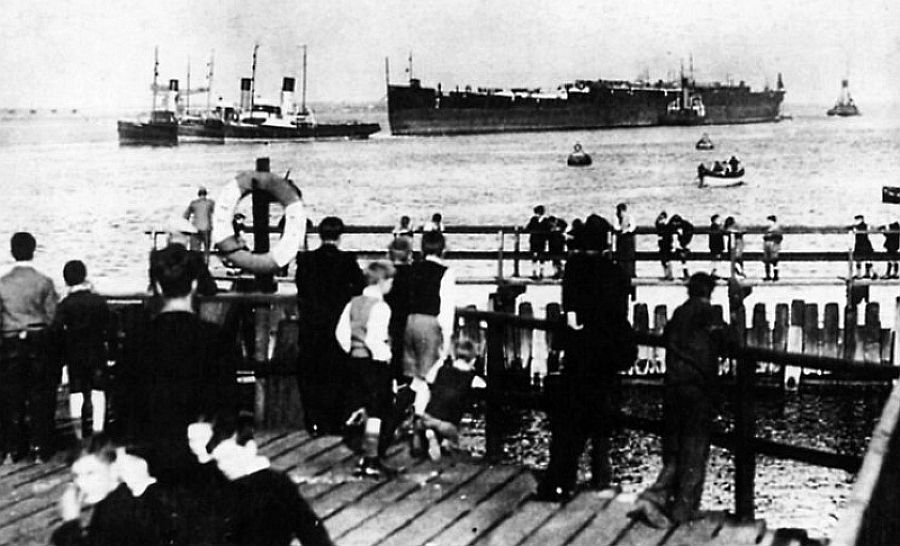
What
is left of the once great ship’s hull is being towed to Inverkeithing for breaking up to be completed
Photographer
unknown – *Please see the photo notes at bottom of page
Tragically due to her sister Titanic sinking and tragic loss of life due to man’s (White Star) stupidity the great and sublimely successful RMS Olympic has become the forgotten liner – WHY? All the emphasis is based on the Titanic, even though her other sister, the Hospital ship HMHS Britannic did her country proud, but she was also tragically lost whilst on duty for her country. But sadly the Titanic has even allowed this fine ship and her tragedy to be somehow minimised,
I find it very sad indeed that the ship that commenced the Olympic Class Trio and was such a great success for 24 long years, having served countless passengers as well in war service for her country having survived, is hardly ever remembered by the world, for people seem to be madly fixated by a disaster stories such as the tragedies, especially the Titanic! That is why I have not and never will write on the Titanic.
There is however a
feature on the RMHS Britannic and a link is located at the bottom of this and
Page Two as well as on our SITE
INDEX
Thankfully Parts of Her Remain to this day!
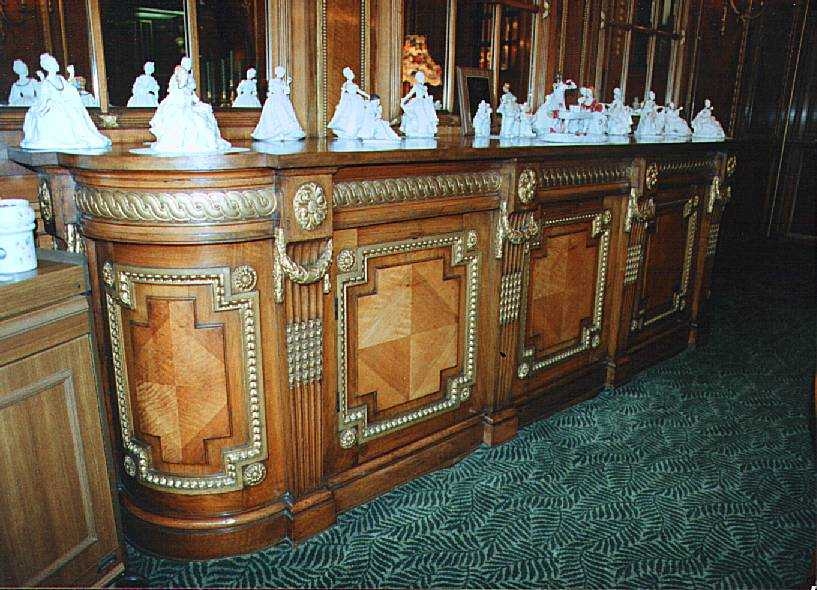
This
photo was sent in by a supporter, but the photographer and location is unknown
– *Please see my photo notes at bottom of page!
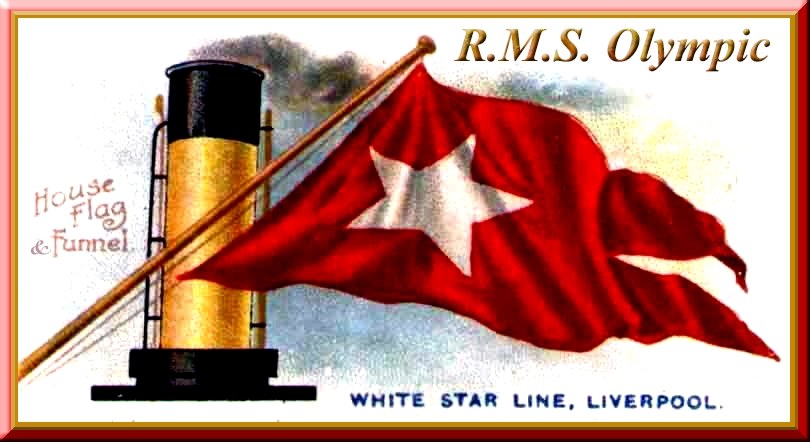
*****************************************************
Promenade
(A) Deck: First Class
staterooms, Writing and Reading Rooms, The First Class Lounge and Smoking Room
followed by the Verandah Cafe and
Bridge (B) Deck: First Class suites, two First Class “Millionaire” Suites,
First Class Ala Carte Restaurant and Café Parisien (added in 1913), and the
Second Class Smoking Room.
Once the First Class passengers had boarded the Oceanic they were met by the impressive Grand Staircase, which was sixteen feet wide and it provided access to five decks and was some 60 feet high. The ceiling was a massive glass dome that contained an elegant chandelier. Page Two has a number of photographs of this magnificent stairwell.
Shelter (C) Deck: First Class Suites, Second Class Library, Third Class Social Room and
Smoking Room, crew accommodations, cabins for maids and servants who
accompanied many of the First Class passengers. First Class Barber shop,
Doctor's office, Purser's office; hatches for loading the ship.
Saloon (D) Deck: First Class Dining Room; and Reception Lounge, Second Class Dining
Room, First and Second Class galleys (kitchens) and pantries; first, Second and
Third Class cabins, crew quarters, First and Second Class bakery and butcher
shops, hospital.
Upper (E) Deck: First, Second and Third Class cabins, crew quarters, Second Class
Barber Shop.
Middle (F) Deck: Aft - Third and Second Class and cabins, crew quarters, Third Class
Dining room, Third Class galley, Third Class bakery and butcher shop. Forward -
Swimming pool and Turkish bath.
Lower (G) Deck: First Class Squash racquet court, Post Office, food freezers and
coolers, baggage rooms, cargo hold, crew quarters, some Third Class dormitories
far forward.
Orlop Deck: Engine rooms, boiler rooms, coal bunkers, fresh water tanks, food storage, wine cellar, cargo and refrigerated cargo hold, baggage rooms.
RMS Olympic’s Specifications:
Yard
Number: 400.
Launched: October
20, 1910.
Tonnage: 45,324 GRT (Gross Registered Tons) 1911 - 1913.
46,439 GRT 1913 - 1920.
46,439
GRT 1920 – 1935.
Displacement: 52,310
tons at 34.7ft.
Length: 882.9ft
– 269m.
Breadth: 92.6ft
– 28.2m.
Draught: 34.6ft
– 10.54.
Engines: 2
x four-cylinder coal fired steam reciprocating engines – Oil fired from
1920.
Funnels: 4.
Screws: Triple
- 51,000 IHP.
Speed: 21
knots service speed – 22.5 knots max.
Passengers: First
Class: 1911 - 1,054 – from 1913 – 735.
Crew 860.
Passengers
Decks: 8.
Masts: 2.
Displacement Tonnage?
The displacement tonnage, or rather the weight of seawater that a ship displaces, being an estimate of literal weight, rather than the enclosed space (GRT - Gross Registered Tons) of the Olympic has often been cited at 66,000 tons, which is wrong, yet it has even appeared on White Star literature by error. It is quite obvious that this figure is completely inaccurate. For we should ask what was Olympic’s actual displacement, or the Titanic for that matter?
The weight of the ship would vary pending on
her load status for example her load of fuel, cargo and provisions, etc.. Let’s take the measurement of 52,310 tons (British
tons of 2,240 pounds, or just over 117 million pounds) stated would apply to
the ship with a draught of 34.7ft. But a draught of 27.105ft, she would
displace 40,850 tons; at a theoretical rather deep draught of 36ft, she would
still displace less than 55,000 tons. Thus, the Oceanic is the same as her
sister Titanic at - 52,310 displacement tons at 34.6ft.
*****************************************************
RMS
Olympic, RMS Titanic and the RMS/HMHS Britannic
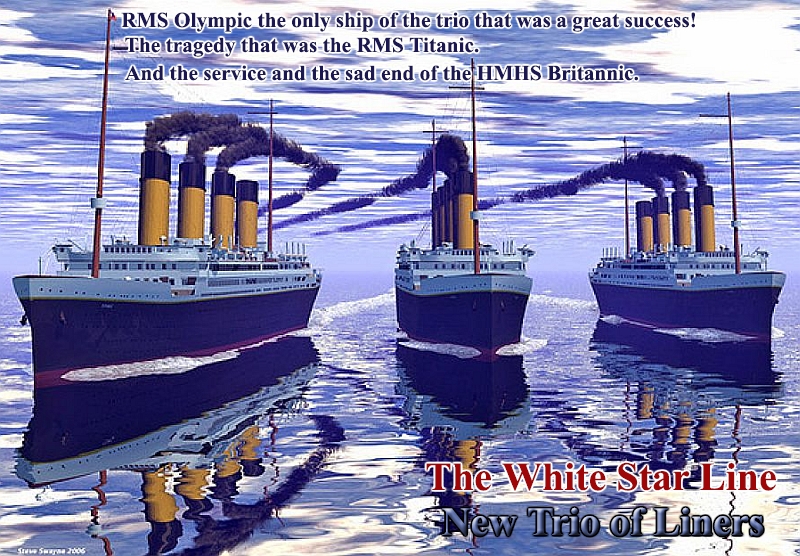
Page One … Olympic’s
History Page - in service 1911 to 1935
HMHS
Britannic … The Britannic story -
in service 1915 to 1916
or go to the - SITE
INDEX
This notice
covers all pages, although, and I have done my best to ensure that all
photographs are duly credited and that this notice is displaced on each page,
that is, when a page is updated!
